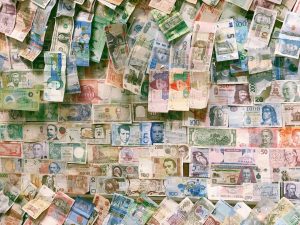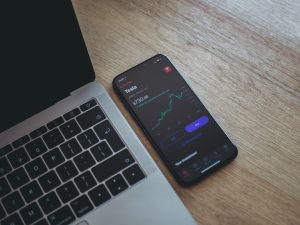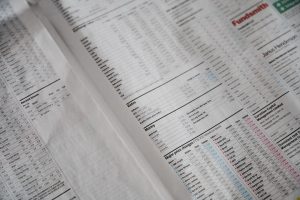Forex trading is a popular investment strategy that involves buying and selling currencies in order to profit from the fluctuations in their values. However, one of the challenges that traders face is slippage, which refers to the difference between the expected price of a trade and the actual price at which it is executed. In this article, we will explore the concept of slippage in more detail and examine what the average slippage on forex trades is.
What is Slippage?
Slippage occurs when a forex trade is executed at a different price than the one that was expected. This can happen due to a variety of reasons, such as market volatility, poor liquidity, or delays in order processing. Slippage can be either positive or negative, depending on whether the actual execution price is higher or lower than the expected price.
For example, let’s say a trader wants to buy 100,000 units of EUR/USD at a price of 1.1200. However, due to market conditions, the trade is executed at a price of 1.1210. This means that the trader has experienced slippage of 10 pips (the difference between the expected price of 1.1200 and the actual execution price of 1.1210).
Slippage can have a significant impact on a trader’s profitability, as it can increase the cost of executing a trade or reduce the profit potential. Therefore, it is important for traders to understand the factors that can cause slippage and how to manage it effectively.
Factors that Affect Slippage
Slippage can be caused by a variety of factors, including:
1. Market Volatility: When the market is highly volatile, prices can move quickly and unpredictably, which can result in slippage.
2. Liquidity: Low liquidity in the market can make it difficult for traders to execute trades at the desired price, which can result in slippage.
3. Execution Speed: The speed at which an order is executed can also affect slippage. If there is a delay in order processing, the actual execution price may be different from the expected price.
4. Brokerage Technology: The technology used by the brokerage firm can also affect slippage. Some brokers have advanced order routing systems that can minimize slippage, while others may have less sophisticated technology that can result in more slippage.
What is the Average Slippage on Forex Trades?
The average slippage on forex trades can vary depending on a number of factors, such as market conditions, liquidity, and broker technology. However, according to a study conducted by the Bank for International Settlements (BIS), the average slippage on forex trades is around 1-2 pips.
The study, which analyzed over 20 million trades from 15 major forex brokers, found that the average slippage was 1.8 pips for market orders and 1.1 pips for limit orders. Market orders are executed at the current market price, while limit orders are executed at a specified price or better.
The study also found that slippage was more common in emerging market currencies, such as the Brazilian real and the Russian ruble, than in major currencies like the US dollar and the euro.
How to Manage Slippage
While slippage cannot be completely eliminated, there are several strategies that traders can use to manage it:
1. Use Limit Orders: Limit orders can help to minimize slippage by specifying the price at which you want to execute a trade. This can be particularly useful in volatile markets where prices can move quickly.
2. Avoid Trading During News Releases: Major news releases can cause significant volatility in the market, which can result in slippage. Traders may want to avoid trading during these times or use limit orders to manage the risk.
3. Choose a Broker with Advanced Technology: Brokers with advanced order routing systems can help to minimize slippage by ensuring that orders are executed quickly and efficiently.
4. Use Stop Loss Orders: Stop loss orders can help to limit losses in the event that slippage occurs. These orders automatically close out a trade when the price reaches a certain level, which can help to minimize losses.
Conclusion
Slippage is an inevitable part of forex trading, but it can be managed effectively by understanding the factors that cause it and using appropriate strategies to minimize its impact. While the average slippage on forex trades is around 1-2 pips, traders can use techniques like limit orders and stop loss orders to manage the risk and maximize their profitability. By staying informed and adapting to changing market conditions, traders can navigate the world of forex trading with confidence and success.





